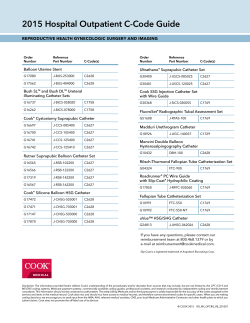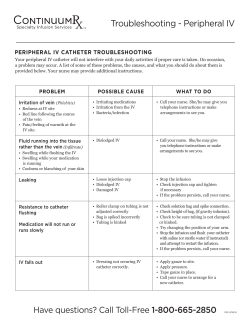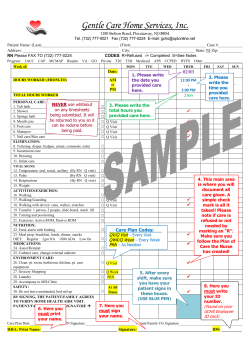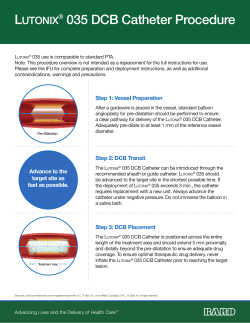
Respiratory Emergencies: The First 60 Seconds Needle
Dr Chris Parratt MRCVS Parrattchris@hotmail.com Respiratory Emergencies: The First 60 Seconds Breed Common Aetiology Notes Cavalier King Charles Spaniel Congestive Heart Failure Usually mitral valve disease Yorkshire Terrier, Pomeranian Tracheal collapse Benefit from sedative Irish Wolfhounds Congestive Heart Failure, Aspiration CHF usually due to Dilated pneumonia cardiomyopathy (DCM) Brachycephalic Upper Airway Syndrome Check temperature, often (BUAS) hyperthermic & require cooling Congestive Heart Failure Usually DCM. Risk of sudden Pug, Bulldog Doberman Pinscer, Boxer, Great Dane cardiac death Young cats Older cats Infection (pyothorax?), Congestive heart Check temperature: may be fever failure with infection Congestive heart failure, neoplasia Often pleural effusion – needle thoracentesis. Oriental cats (eg Siamese, Bengal) Allergic Airway Disease Expiratory effort. Often cough. Table 1: Cardiorespiratory breed predispositions encountered in the authors’ experience. Disease Localisation Upper Respiratory Breathing Observation Noisey (Stridor and stertor) Rapid and shallow. Examples Laryngeal paralysis, BUAS Comments Often hyperthermic – require cooling Lung Parenchyma Pulmonary oedema, Crackles or wheezes on pneumonia, contusions auscultation? Small airway Expiratory wheeze Allergic airway disease Oriental cats predisposed Pleural space Paradoxical Breathing Pleural effusion, Heart and lungs pneumothorax, inaudible/muffled on diaphragmatic hernia auscultation Table 2: Localisation of respiratory pathology. More than one disease process may be present concurrently, making interpretation using this method difficult. Needle Thoracocentesis Equipment: 60ml syringe (or similar) 3-way tap Butterfly needle (or ‘over the needle’ catheter & extension tubing) Technique: Local anaesthesia is not required. In emergency situations, aseptic preparation may be detrimental and the skin simply prepped with an alcohol solution. The site of insertion is selected: 8-11th intercostal space. Avoid the caudal aspect of the rib, to avoid the intercostal neurovascular bundle. If pneumothorax is suspected, insert in the dorsal third of the thorax. If Blood (or other fluid) is suspected, insert the needle in the ventral third of the thorax. The needle should be carefully advanced, whilst the syringe plunger is simultaneously withdrawn, inducing a negative pressure. As soon as the thoracic cavity is entered, the negative pressure is lost, and the pleural contents start to become aspirated. To reduce the risk of pulmonary trauma, the needle should be promptly oriented parallel with the thoracic wall. Dr Chris Parratt MRCVS Parrattchris@hotmail.com Emergency Tracheotomy (Reproduced with permission from Ed Cooper) Patient must be unconcious or anaesthetised. Only effective if tracheotomy distal to obstruction. Approximate inhaled O2 (%) Oxygen cage 21-60 Flow By Oxygen 24-45 Face Mask 35-45 Unilateral Nasal Catheter 30-50 Bilateral Nasal Catheter 30-70% GA & Intubation 21-100 Table 3: Approximate inhaled oxygen concentration (FiO2) with different methods of oxygen delivery. Nasal Oxygen Catheter Equipment: 2% Lignocaine (without adrenaline) KY Jelly Flexible catheter (Nasal catheter, urinary catheter, other soft tubing) Technique: - Measure from nostril to lateral canthus of eye - Instill lignocaine into nostril (5mls Dogs, 1ml Cats) - Lubricate Catheter with KY jelly - Insert catheter in ventro-medial direction - Secure in place with butterfly strips (superglue or skin stapler) - Connect to Oxygen (Humidified?) - Bilateral catheters can be placed to increase inspired oxygen concentration.
© Copyright 2025
















